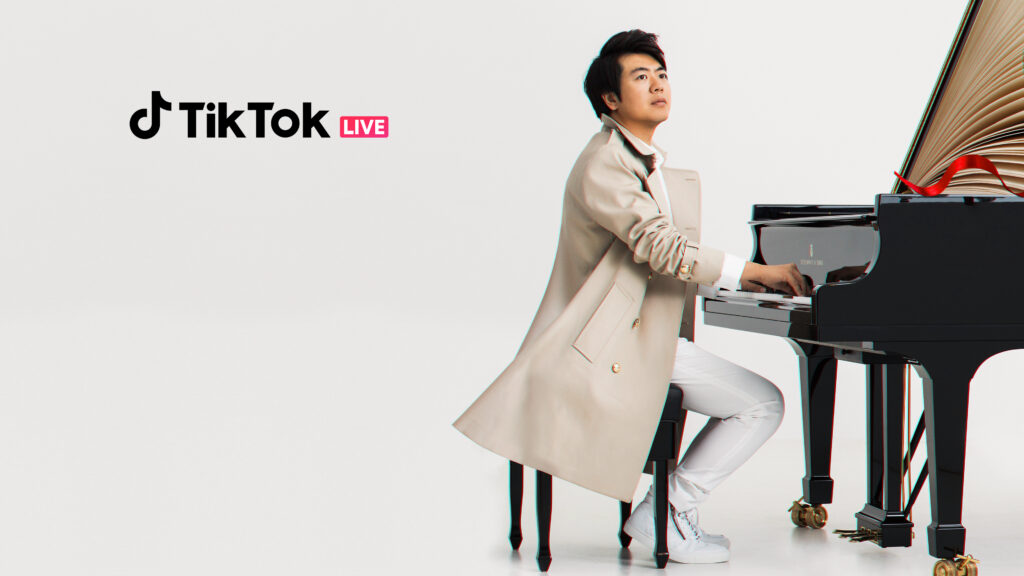
One of the common complaints in the classical world about the rise of digital is that DSPs were set up to primarily deal with pop music – offering downloads and streams of tracks that normally run to just over three minutes. The long-form nature of classical means that symphonies and operas could run for several hours and had to be listened to from start to finish. Chopping up these elaborate pieces into “digestible” chunks or jumbling them up in playlists often misses the point and risks trivialising them.
The other thing causing the classical world some grief here was the sound issue – with compression technologies upsetting audiophiles who felt the great, dramatic roar of an orchestra was badly dampened in the digital realm. Specialist services like Idagio and Primephonic were set up specifically to address these issues and the other generalist DSPs are making encouraging movements here.
Given all of these concerns one might imagine the classical world collapsing on its fainting couch at the rise of TikTok – a whole new world where everything is compressed down to mere seconds and where the sonics are never as important as the visuals. And yet many in the classical world increasingly see TikTok as an important way to reach new audiences, especially younger consumers, so they have adapted to the peculiar rhythms of the medium.
There has been a lot of classical music activity here in recent months, but we can trace an important springboard moment back to the #ClassicalMusic challenge on TikTok that began in 2021. It was based around TikTok users posting short video clips to “share what #ClassicalMusic means to you” as the genre is “much more than just Bach and Beethoven”.
TikTok created its own classical playlist to run in parallel with the challenge and the videos uploaded with the associated hashtag have been collectively viewed over 1.1bn times to date. The videos themselves cover a bewildering number of bases, such as giving existing pop songs a classical reworking, skits like “what goes through a conductor’s mind” at a performance and explaining why certain chord progressions are exceptional.
Around the same time as this challenge, Lang Lang performed a 30-minute concert that was streamed on TikTok – the first by a classical artist on the platform. TikTok also pushed classical content on Lang Lang’s channel as well as Deutsche Grammophon’s channel to act as a gateway into classical for viewers.
“I’m thrilled to play for an audience that includes millions of young people,” the pianist said ahead of the November show. “It’s a terrific opportunity to reach my fans on TikTok, and to encourage new classical music lovers by sharing some of my favourite pieces.”
Slipstreaming this momentum, the London Philharmonic Orchestra, which launched on TikTok in early 2021, really upped its activities there at the start of this year. Sophie Harvey, its digital and residencies marketing manager, told The Drum that they had spent the first year experimenting with different forms of content but struck gold when overlaying a rolling score on videos of performances.
“We’ve finally got into a rhythm and found an audience on TikTok that is super into classical music and who want to talk about it in the comments or to guess the piece,” she said. She added that trying to chase existing trends and approaches would not always work and instead encouraged classical artists to play around until they find an approach that connects.
”Just go for it, don’t be nervous,” she recommended. “Post it and learn from it.”
The London Philharmonic Orchestra has over 33k followers on TikTok now and some videos it has posted have exceeded half a million views.
Classic FM ran a piece on TikTok in late 2021 around its power to break new classical artists, citing Esther Abrami, Babatunde Akinboboye and Alexander Joseph as examples of performers and composers using it to reach new audiences.
As younger classical artists come through, it is only natural – having grown up in the age of social media – that they will treat social media as being just as important to building their profile as working their way up through the ranks of a name orchestra or performing in some of the most renowned classical concert halls around the world.
Rather than seeing classical works compressed down to snackable chunks that are quickly forgotten, TikTok (when used well and smartly) can open the door for new listeners and see them step into a great banqueting hall of music.